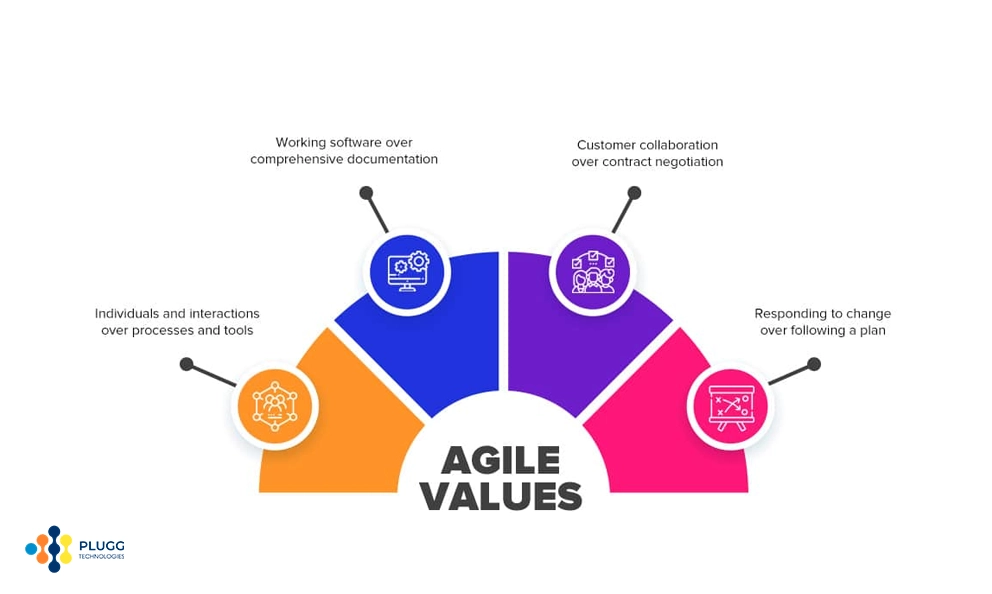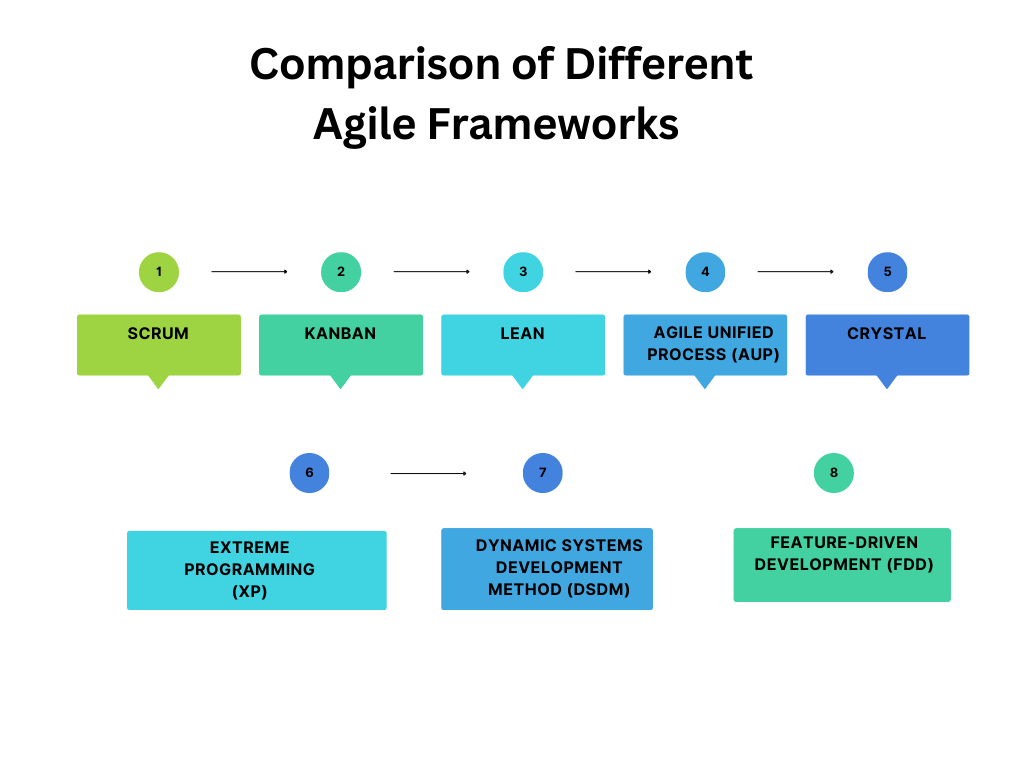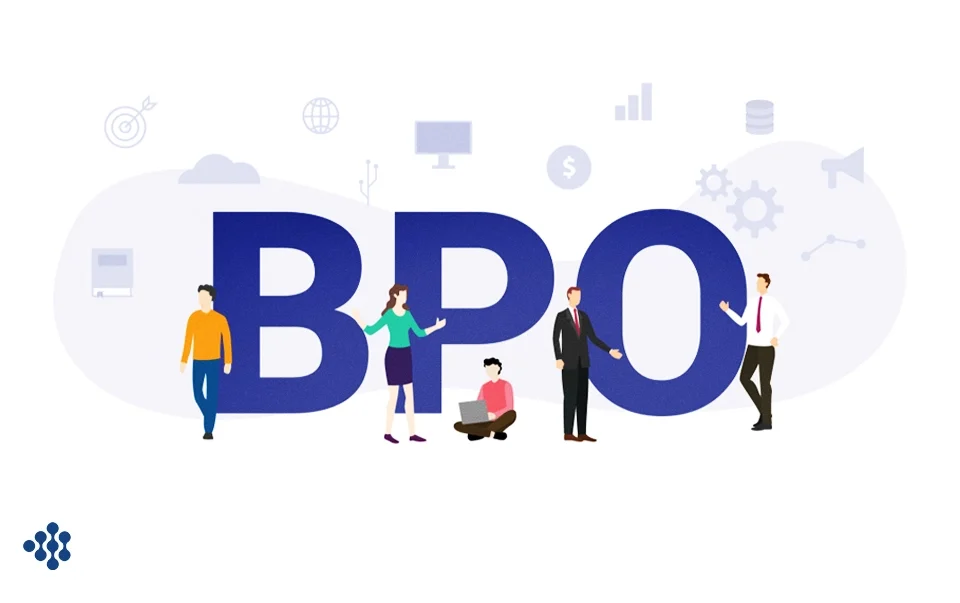Agile software development is a project management methodology that values individuals and interactions over processes and tools. But what is Agile Software Development exactly? Originating from the Agile Manifesto created in 2001, this methodology outlines four core values and twelve principles aimed at improving software development. Agile software development focuses on creating functional software quickly, collaborating frequently with clients, and adapting to changes with ease. This approach is particularly beneficial for complex projects with uncertain requirements.
Table of Contents
ToggleThe Four Core Values of Agile
The Agile Manifesto lays out four core values that form the foundation of agile software development:
- Individuals and Interactions Over Processes and Tools
- Agile prioritizes people and communication over rigid processes and tools. This value emphasizes the importance of teamwork and effective communication to solve problems and deliver high-quality software.
- Working Software Over Comprehensive Documentation
- The goal is to produce functional software that meets users’ needs. While documentation is important, it should not hinder the development process or delay the delivery of working software.
- Customer Collaboration Over Contract Negotiation
- Agile encourages continuous collaboration with customers to ensure the final product aligns with their expectations. Frequent feedback and adjustments help build a product that truly meets customer needs.
- Responding to Change Over Following a Plan
- Agile software development embraces change, allowing teams to adapt and respond to new requirements or market conditions. This flexibility ensures that the project remains relevant and valuable throughout its lifecycle.

Related Post 👉 What is Software Development Lifecycle (SDLC)?
How Agile Software Development Works: Key Stages
Understanding the stages of agile software development can provide insight into how this methodology functions in practice. The process can be divided into three main stages: Preparation, Sprint Planning, and Sprint.
1. Preparation
In the preparation stage, the product owner creates a list of features to include in the final product, known as the product backlog. The development team then estimates the time required to implement each feature.
2. Sprint Planning
During sprint planning, the team decides which features from the product backlog to work on during the upcoming sprint. A sprint is a set period (usually two weeks) in which the team aims to achieve specific goals. The team also determines how many tasks can be completed within the sprint.
3. Sprint
Throughout the sprint, the team works to complete the tasks in the sprint backlog. New issues may arise and are added to the product backlog for future prioritization. At the end of the sprint, the team reviews their work, showcases completed features to stakeholders, and discusses improvements for the next sprint. This iterative cycle ensures continuous improvement and adaptation.
Popular Agile Frameworks: Scrum, Kanban, and XP

Several frameworks can be used to implement agile software practices, each with its own approach to managing the process. Here are three popular ones:
1. Scrum
Scrum is a structured framework that organizes work into short, timed iterations called sprints. It emphasizes roles, events, and artifacts to manage the development process. Daily stand-up meetings, sprint reviews, and retrospectives are key components of Scrum.
2. Kanban
Kanban focuses on visualizing the workflow and limiting work in progress. It uses a Kanban board to represent tasks in different stages, such as “To Do,” “In Progress,” and “Done.” This visual approach helps teams manage and optimize their flow of work.
3. XP (Extreme Programming)
XP emphasizes technical excellence and frequent releases. It promotes practices such as pair programming, test-driven development, and continuous integration. XP aims to improve software quality and responsiveness to changing requirements.
Benefits of Agile Workflows
Agile software development offers numerous benefits, making it a preferred choice for many organizations:
- Greater Flexibility
- Agile allows for adjustments and changes throughout the project, accommodating evolving requirements and market conditions.
- Improved Communication
- Frequent collaboration between the development team and stakeholders ensures that everyone is aligned with project goals and expectations.
- Risk Reduction
- By breaking projects into smaller, manageable sprints, agile reduces the risks associated with complex projects and ensures timely delivery of features.
- Higher Customer Satisfaction
- Continuous feedback and iterative development lead to products that better meet customer needs, resulting in higher satisfaction.
Challenges and Considerations in Agile Software Development
While agile software development offers many advantages, it also presents some challenges:
- Limited Control
- The flexible nature of agile can make it difficult for project owners to maintain strict control over deadlines and budgets.
- Less Documentation
- Agile focuses on working software over comprehensive documentation, which can be problematic for projects requiring extensive records.
- High Collaboration
- Agile requires a high level of collaboration, which can be challenging for remote teams or those not used to working closely together.
- Longer Duration for Complex Projects
- Agile can require more time for complex projects due to the need for frequent meetings and continuous improvement cycles.
Real-World Applications and Success Stories
Agile software development has been successfully applied across various industries, particularly in software development. Here are a few real-world examples:
Example 1: Tech Startup
A tech startup adopted agile software development to build a new mobile application. By using sprints and regular customer feedback, they were able to quickly release a functional app and continuously improve it based on user input.
Example 2: E-commerce Website
An e-commerce company used Scrum to manage the development of their new website. The structured framework helped the team stay organized and meet tight deadlines, resulting in a successful launch and positive user experience.
Embracing Agile Software Development for Project Success
In resume, is a powerful methodology that helps teams deliver high-quality software efficiently. By understanding what agile software development is and how it works, organizations can better manage projects, improve communication, and adapt to changes. Whether you’re a developer, project manager, or stakeholder, embracing agile software development can lead to more successful and satisfying project outcomes.








